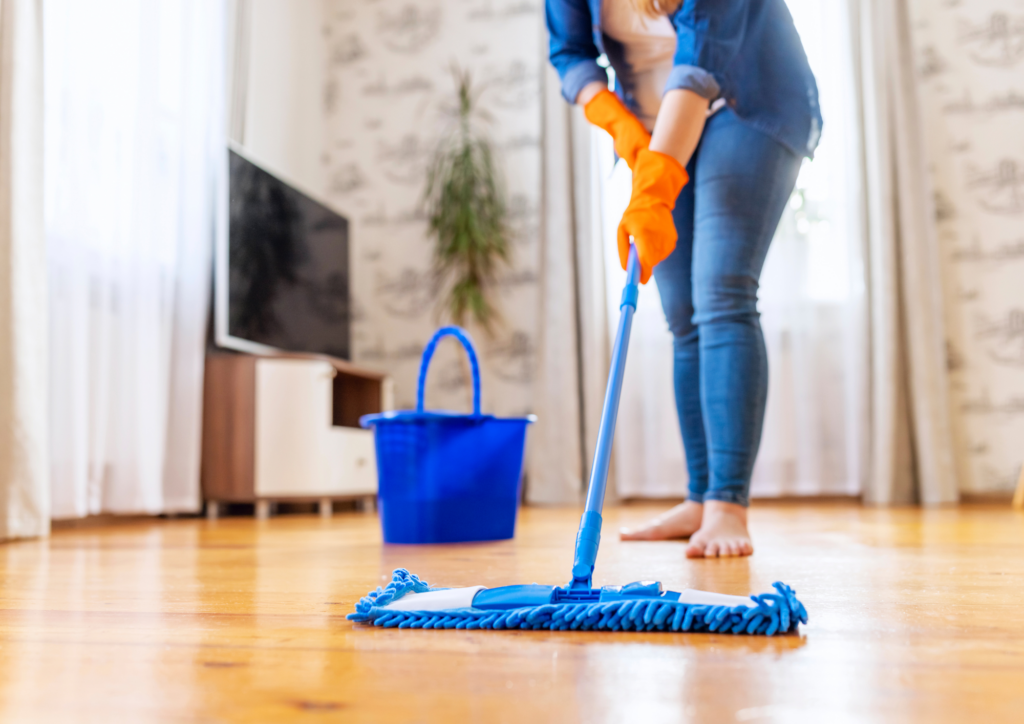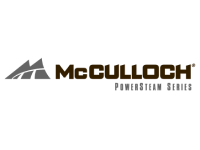When it comes to cleaning your floors, it’s essential to use the right tools and techniques to ensure they stay in great condition while getting a thorough clean. Going GreenHouse has been in the cleaning industry for over 14 years, I can tell you that maintaining clean floors isn’t just about looks—it’s about keeping your home fresh and inviting. After all, flooring is one of the most used parts of your home, and keeping it looking fresh not only makes your space look inviting but also extends the life of your floors. We’ve got some tips that can help you achieve spotless results. Here’s how we do it at Going GreenHouse, and I think you’ll love these methods too!
1. Warm Soapy Water: The Simple Solution
One of the easiest and most effective ways to clean floors is with warm, soapy water. For an ideal mix, we recommend using a mild dish soap or even Dr. Bronner’s soap. These are gentle on your floors but tough on dirt and grime. Simply add a small amount of dish soap to warm water and mop away!
Make sure to avoid too much soap—just a few drops will do. Too much soap can leave residue on the floor, making it look streaky or attracting more dirt.
2. Microfiber Mops: The Ultimate Tool for Clean Floors
Using a microfiber mop is a must, but how you mop matters too. And here’s why: they’re super absorbent, trapping dust and dirt efficiently, and they don’t leave behind lint or fibers like traditional mops might. Microfiber is also gentle, meaning it won’t scratch or damage your flooring. When paired with warm soapy water, a microfiber mop can do wonders on tile, wood, and laminate floors.
Just make sure to rinse the mop frequently to ensure you’re not pushing around dirt. And don’t forget to wash the mop head regularly to keep it working at its best!
3. The Power of Steam Cleaners
For a deeper clean, steam cleaning is a fantastic option. It uses hot steam to lift dirt and grime without the need for harsh chemicals. We love using steam cleaners because they not only clean but also sanitize, leaving your floors spotless and free from germs.
However, before using a steam cleaner, it’s crucial to check if your flooring type can handle the heat and moisture. Some floors, like certain hardwoods, might be sensitive to the steam and could warp or get damaged over time. To be safe, check with your flooring installer or manufacturer to see if steam cleaning is suitable for your floors.
We highly recommend the Shark Steam Mop for its efficiency and ease of use. You can check it out here. It’s especially effective for tile and sealed wood floors, making it a go-to tool for us!
4. Always Test First
When in doubt, always do a small test in a hidden area. This will help you gauge how your floor reacts to steam cleaning or any new cleaning solution before you go full-scale. This is especially true for delicate or newer flooring materials.
5. Maintain Your Floors Regularly
A consistent cleaning schedule is key. Regular sweeping and spot cleaning can keep your floors looking great between deep cleans. If you’re busy, just giving your floors a quick once-over with a microfiber mop and warm water once a week can do wonders for keeping them fresh.
6. Do’s and Don’ts for Floor Cleaning
- Do test cleaning solutions in a small, inconspicuous area first to ensure they’re safe for your flooring type.
- Don’t use harsh chemicals or abrasive cleaners that could damage the finish of your floor.
- Do sweep or vacuum before mopping to remove dirt and debris.
- Don’t over-wet your floors, especially hardwood or laminate, as moisture can seep into seams and cause damage.
Conclusion
Cleaning floors doesn’t have to be complicated. By using mild dish soap or Dr. Bronner’s, a microfiber mop, and a steam cleaner like the Shark Steam Mop, you can keep your floors looking great while maintaining their condition. Just remember to always double-check with your floor’s manufacturer before using steam, and you’ll have clean, beautiful floors in no time!
And remember, no matter the technique, always check with the manufacturer for recommendations on the care and maintenance of your specific floor type.
















